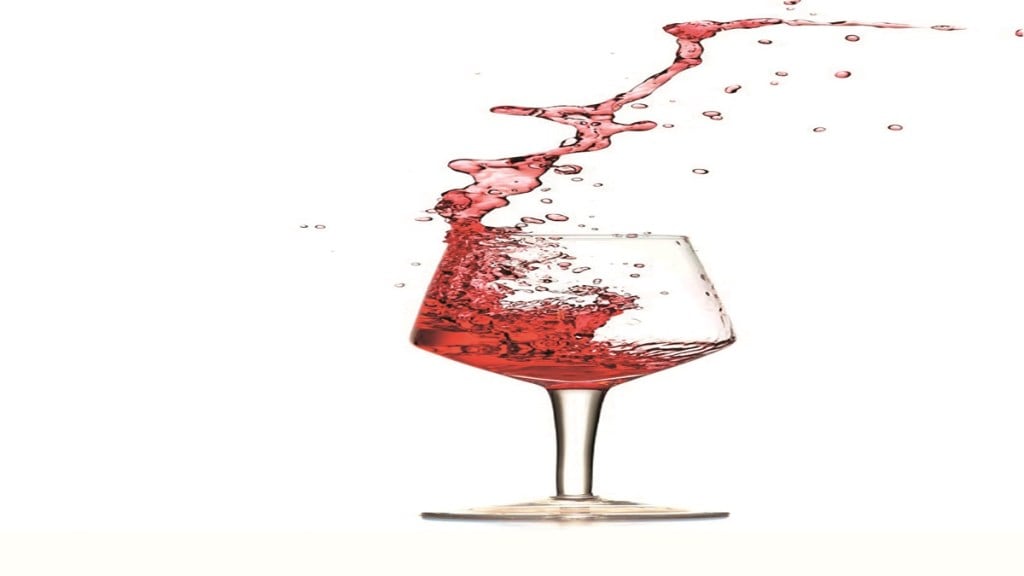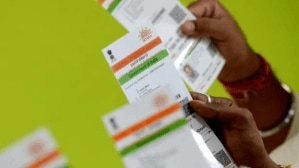India, I have always believed, can be a land of unprecedented challenges, and changes. We may take our time grasping certain alien concepts, but once we do, we run with it in new directions and dimensions.
The world of wines is one such space; for the longest time India made none. Sure we had alcohol — shameless plug, my book The Indian Spirit narrates this saga at length —but it wasn’t fermented grape beverage. Then, after having existed as a civilisation for over 10,000 years, we finally decided to make some, in as late (or as early, depending how you see it) as the 1980s.
It wasn’t much to talk about, or even sip at, fairly forgettable stuff. But, we persevered and, being a race of people with naturally good taste, our wines got better. Fast forward to the 2020s and India is winning international accolades for their ferments across colours and styles.
In fact the potential of our land was picked up on early by the behemoths of the wine world — the LVMH group. Moet Hennessy India, which had long been in the business of importing their exquisite international beverages for the Indian markets, decided to foray into winemaking territory and launched Chandon India. This would be one of the few locations in the world where the French brand with great Champagne prowess would set up base to make sparkling wines locally.
When the product launched, it was an instant hit, and not just because it hailed from the famed French house that was synonymous with luxury and champagne.
The locally made wines were truly world class — they didn’t have that characteristic stink that I had, back then, labelled, ‘The Nashik Taint.’ Instead these were crisp, racy bubblies, with a spring in their step, the kind that put a tingle on every palate they touched. White, rosé and then a sweet version, India finally had a globally-laudable sparkling wine.
Over the years, people have happily taken to it; even I, a self-confessed, die-hard Champagne imbiber, don’t mind the switch now and then. And why not, it’s
pleasant, crackly crisp, and unmistakably refreshing.
Cue to last week and Chandon had a new card to reveal. They gathered us all for a sneak peak of their next bold venture, a still wine, a still, red, wine. Ladies and bears, we were the small privileged lot that was privy to the launch of Aurva, a Shiraz-based still red wine. Aurva is Sanskrit for something from the land, and it’s quite an apt name for any wine but in this case, it is rather fitting.
The wine, unlike many premium Indian reds, which try to overwhelm the palate with jammy fruity and punchy toasty oak, this wine was all about the elegance. It was a set style of a red, fruity but not mulch, grippy but not drying, lasting but not numbing. This reminded me much of the newer styles of Shiraz especially the ones from cool climate regions, which prioritise fruitiness over a tannic robust number. Aurva, to me, managed to straddle both horses — of fruit and floral exuberance all being held together in place with structured and supportive tannins.
In fact, the wine was so gentle and well-behaved that we almost forgot about the food which, actually, deserves a special mention.
Each course was a play on local ingredients, flavours and cuisines and showcased beautifully besides the wine.
The wine has already hit the shelves in Maharashtra and should be due North soon.
At around Rs 4,000, it’s certainly not a cheap quaffer but if pedigree is one thing to go by, and product quality the other, then Chandon India has got it going just right and balanced with a product that people will happily shell out this kinda dosh for.
I just hope that hotels and restaurants have the good sense to price it wisely and not make it inaccessible. In the meantime, if you wish to indulge yourself with a truly world-class Shiraz, you needn’t wait for someone to fly back from the West. Just going as far as Mumbai in the Western state of Maharashtra will suffice.
The writer is a sommelier








